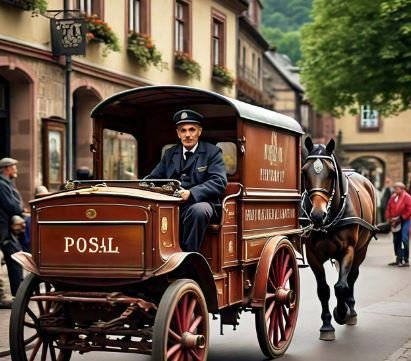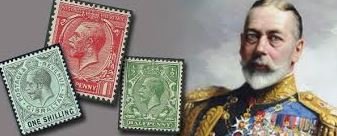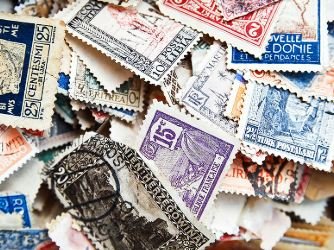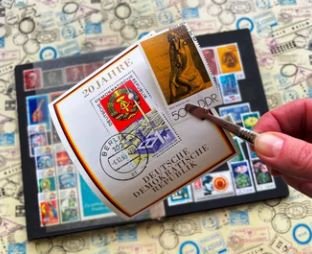Exploring local postal history: discover the rich legacy, but don’t fall for 3 common myths is an exciting and rewarding journey for both stamp collectors and history enthusiasts. Local postal history not only offers a glimpse into the daily lives of people from different eras but also provides a deeper understanding of how mail delivery systems shaped communities. However, like any area of study, postal history is riddled with misconceptions that can mislead collectors or historical researchers. In this article, we’ll explore the rich legacy of local postal history and identify three common myths that collectors and enthusiasts should be aware of.
The Fascination of Local Postal History
Exploring local postal history: discover the rich legacy, but don’t fall for 3 common myths, starts by understanding what local postal history entails. Postal history refers to the study of how mail systems have developed over time, from the earliest hand-delivered letters to the modern-day postal services. Local postal history, specifically, focuses on how a region or community’s postal service has evolved—its routes, the role of local postmasters, mail carriers, and the development of postal facilities.

For stamp collectors, understanding local postal history adds a deeper dimension to their collections. For example, a stamp from a local post office could be part of a larger historical narrative, showcasing how a particular community was connected to the wider world. Researching these stamps often reveals valuable information about past economies, communication systems, and even societal changes that occurred as a result of the postal network.
The Importance of Local Postal History
Beyond the stamps themselves, exploring local postal history: and discovering the rich legacy, but don’t falling for 3 common myths, involves studying the stories behind the mail. The development of postal routes and post offices often coincides with historical events, such as the settlement of new areas, the Industrial Revolution, or even wartime communication. Local postal history is, therefore, not only about the stamps; it’s about understanding the impact of mail on communities—how it enabled the flow of information, goods, and ideas.
Researching local postal history can also bring forgotten stories to light. It’s an exploration of how people communicated in times before the internet and even telephones. Letters, packages, and postcards were once the lifeline to the outside world, and understanding this history can provide a unique perspective on past lives and events.
Myth 1: All Early Postmarks Are Valuable
One of the most common misconceptions when exploring local postal history: discover the rich legacy, but don’t fall for 3 common myths, is that all early postmarks are inherently valuable. While early postmarks can indeed be rare and interesting, not all of them are worth significant money. The value of a postmark depends on factors such as rarity, condition, and historical context. A common postmark from a widely used postal route in a major city may not be as valuable as one from a remote area or a smaller, historical town with fewer surviving examples.
Collectors often fall into the trap of assuming that because a postmark is old, it must be valuable. In reality, early postmarks from major cities or widely established routes are often abundant, and their value may not be as high as more obscure examples. It’s important to remember that rarity, not just age, drives the value of a postmark in the world of philately.
Myth 2: All Local Post Offices Were Established in the Same Way
Another misconception when exploring local postal history: discover the rich legacy, but don’t fall for 3 common myths, is that all local post offices were established in the same way. In reality, the development of postal systems varied greatly from one community to another. Some post offices were established as part of larger government-driven projects, while others were set up privately by local entrepreneurs or businesspeople looking to provide postal services to remote areas.

The way a local post office was set up could also depend on the region’s specific needs. In rural areas, for example, a post office might have been created as part of an effort to stimulate commerce or encourage settlement. In more developed areas, post offices were often part of an ongoing network connecting cities and towns. Understanding these differences is critical when collecting or studying local postal history, as the origins of a post office can influence the types of stamps, postmarks, and other postal artifacts that are relevant to that community.
Myth 3: Stamps from Rare Events Are Always Valuable
A third myth that often arises when exploring local postal history: discover the rich legacy, but don’t fall for 3 common myths, is the belief that stamps commemorating rare events are always valuable. While stamps issued for major historical events can indeed be valuable, it’s not always the case. The value of such stamps depends on factors such as their printing numbers, the historical importance of the event, and the condition of the stamp.
For example, stamps commemorating events like local fairs, festivals, or anniversaries may be widely issued and may not carry as much value as more significant national or international events. Additionally, the condition of the stamp plays a large role in its value; a rare event stamp in poor condition is typically worth less than a widely available stamp in mint condition. Collectors should be cautious not to assume that all rare-event stamps will have the same level of worth.
How to Approach Local Postal History With Confidence
Now that we’ve debunked some common myths, exploring local postal history: discover the rich legacy, but don’t fall for 3 common myths, becomes a more rewarding and informed experience. Here are some tips for diving into local postal history:
- Research the Region: Before collecting, study the local history of the area you’re interested in. Understand the community’s role in the broader postal network, and learn about key postal figures such as postmasters or mail carriers who may have played a role in shaping the area’s postal system.
- Examine the Condition of Items: Whether you’re looking at stamps, postmarks, or postal documents, the condition is key. Even rare items can lose their value if damaged.
- Consult Expert Resources: Use expert books, guides, and online databases to identify and verify postal artifacts. Joining a local postal history group or society can also provide valuable insights and connections with fellow collectors.
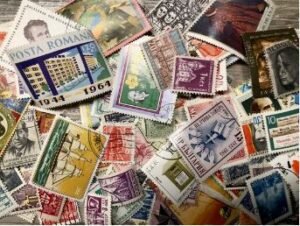
Understanding stamp watermarks: essential for identifying authentic stamps, yet full of potential risks, is an important topic for any serious stamp collector. Watermarks are valuable tools for identifying genuine stamps, but they come with certain challenges that collectors must navigate.
Conclusion
In conclusion, exploring local postal history: discovering the rich legacy, but not falling for 3 common myths, is an incredibly enriching pursuit, but it’s important to approach it with a clear understanding of what is truly valuable. By debunking myths such as the automatic value of early postmarks, the uniformity of post office establishment, and the universal worth of rare-event stamps, collectors can make more informed decisions and build a richer, more accurate collection. Embrace the fascinating world of postal history, but always remain mindful of the facts to ensure a rewarding and meaningful experience.

